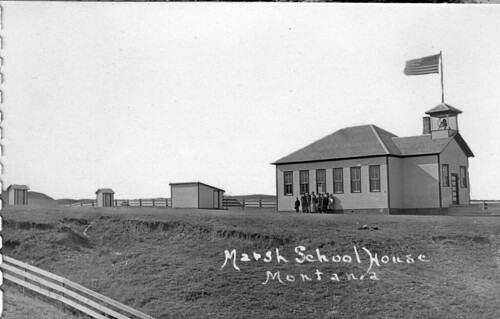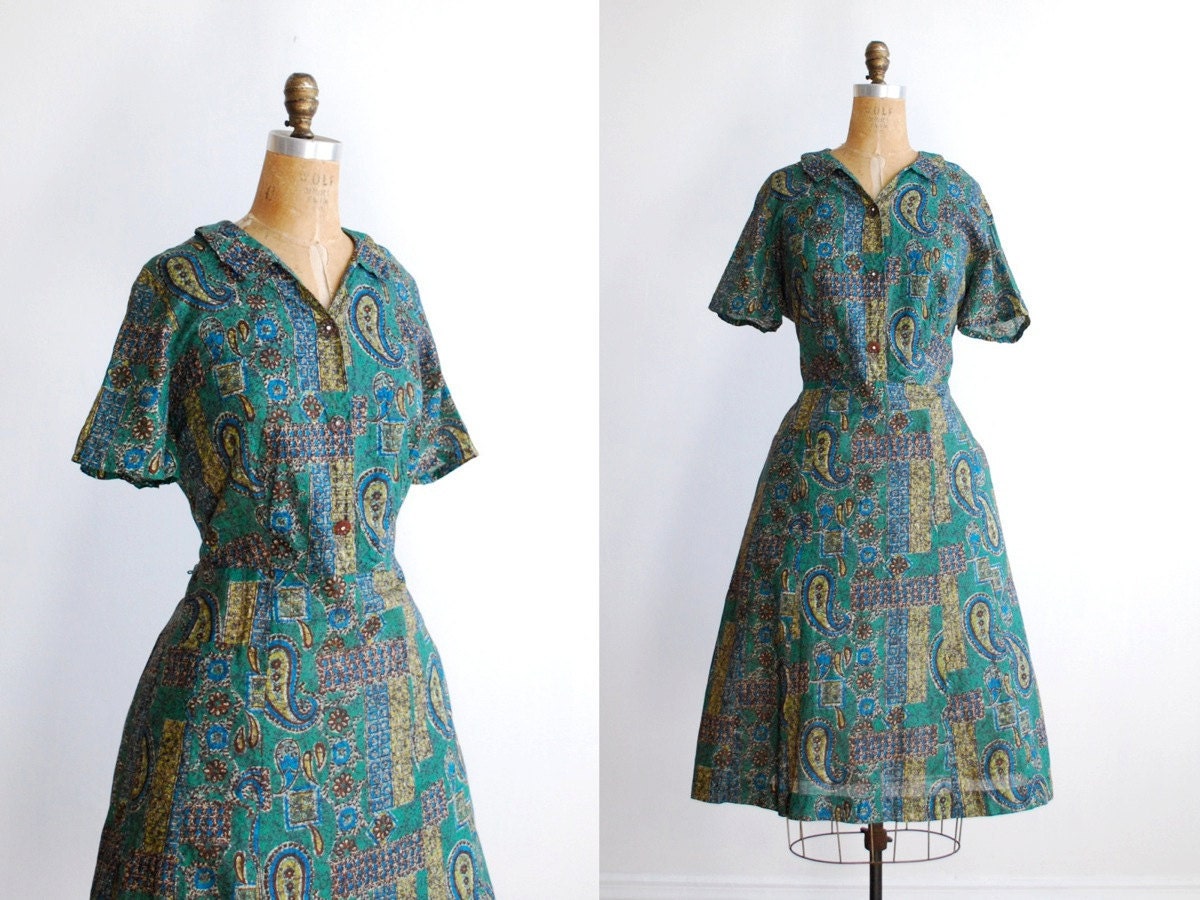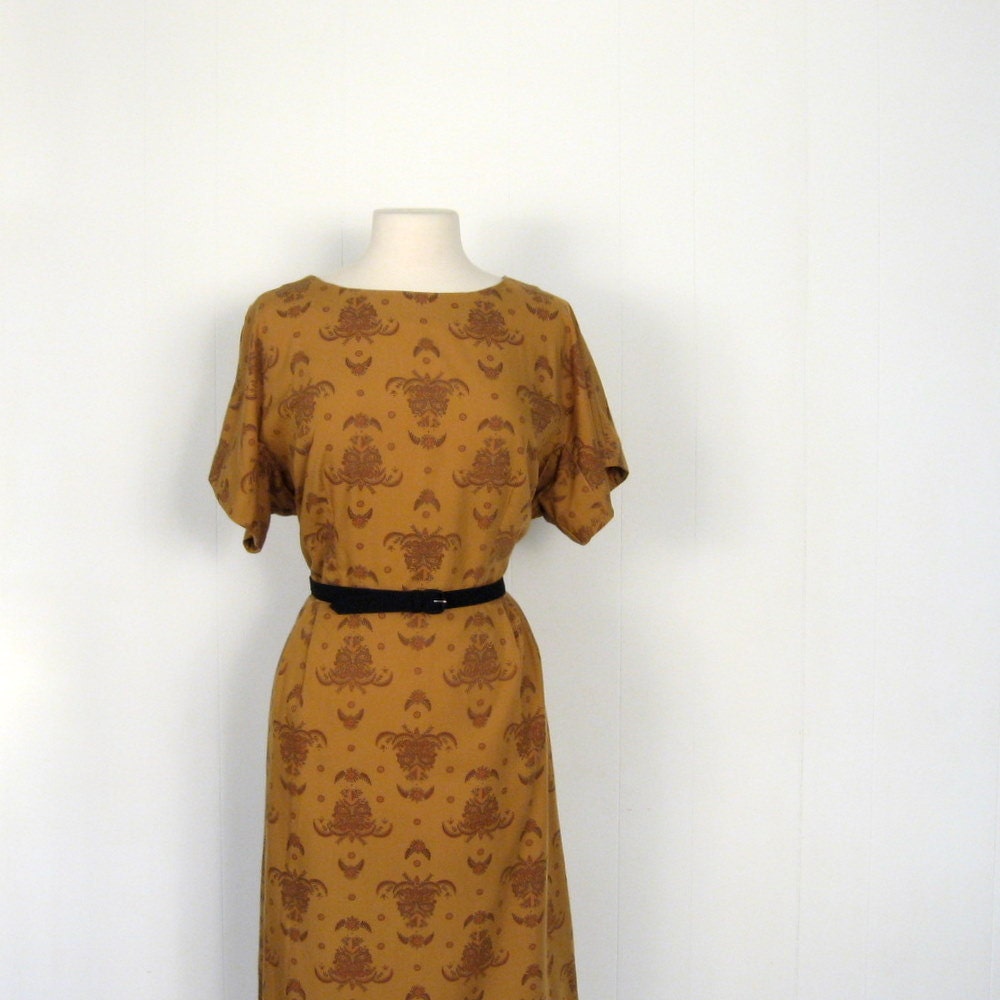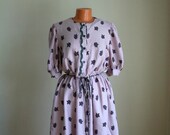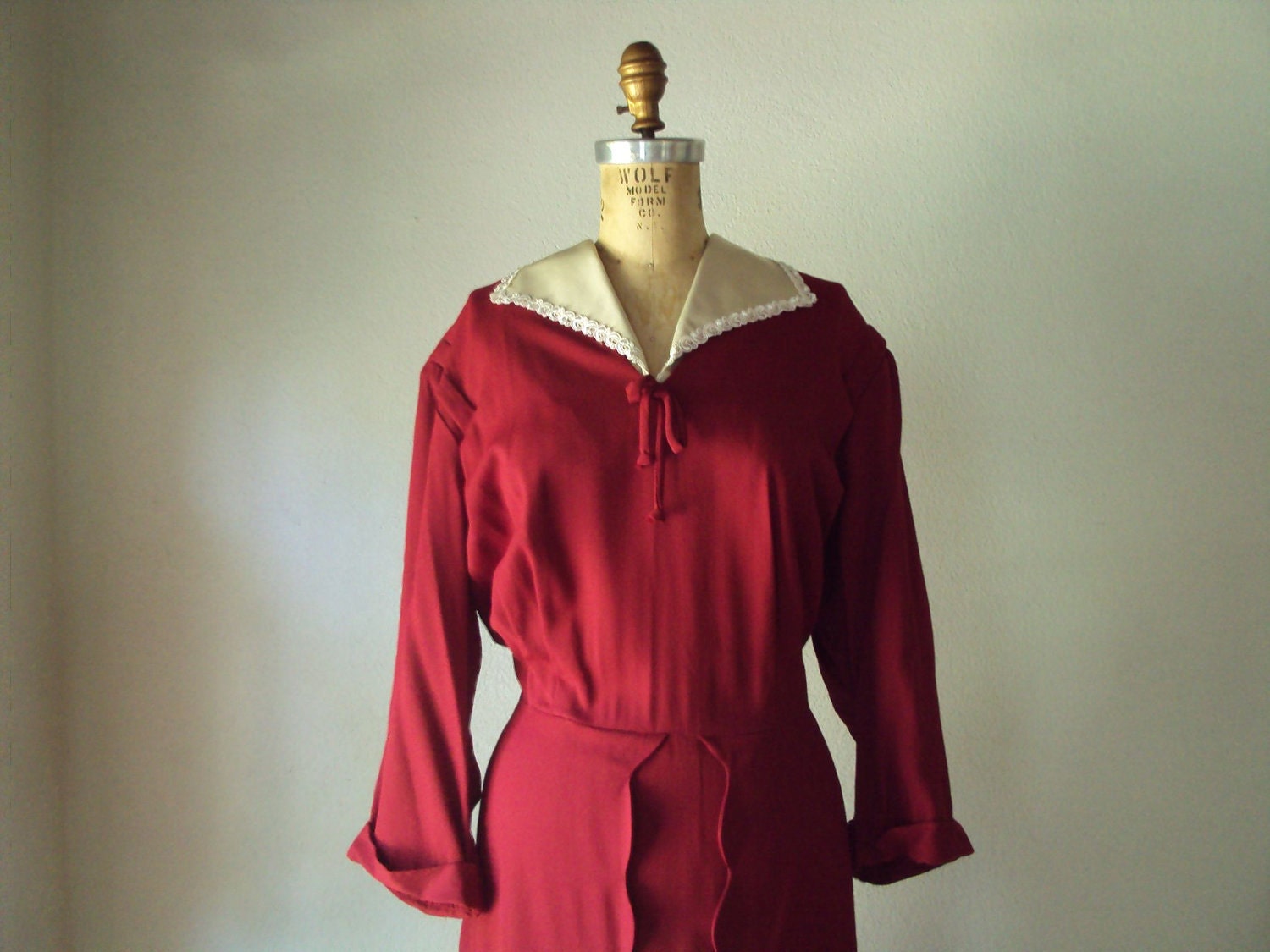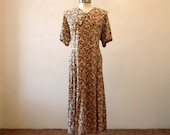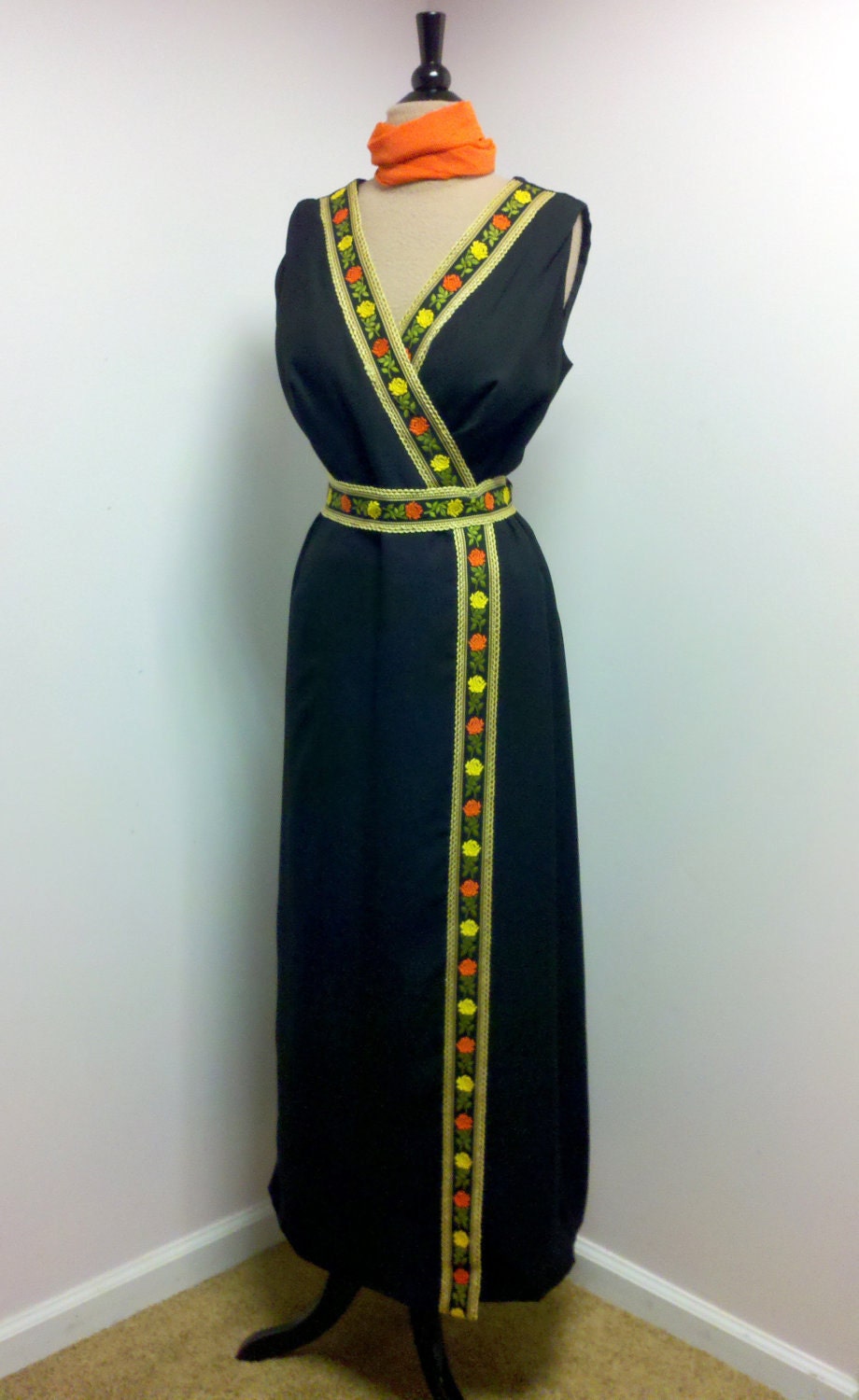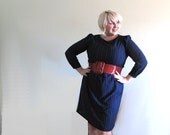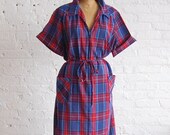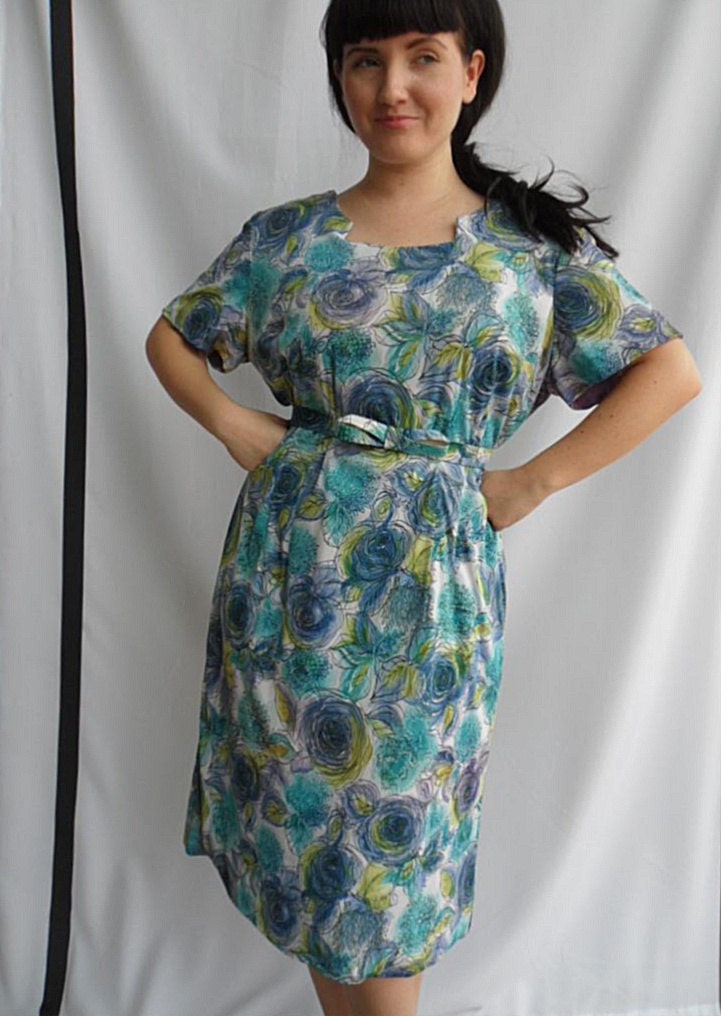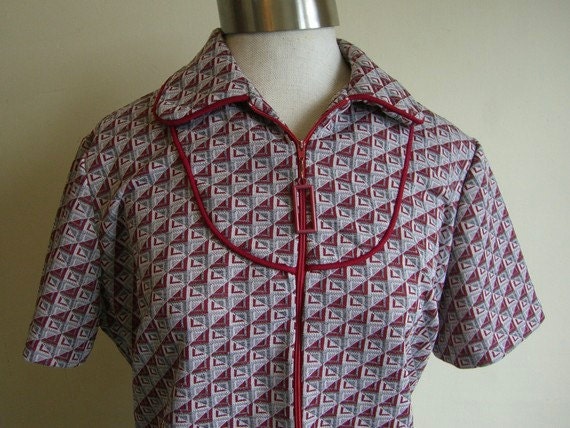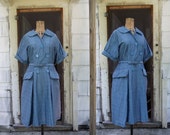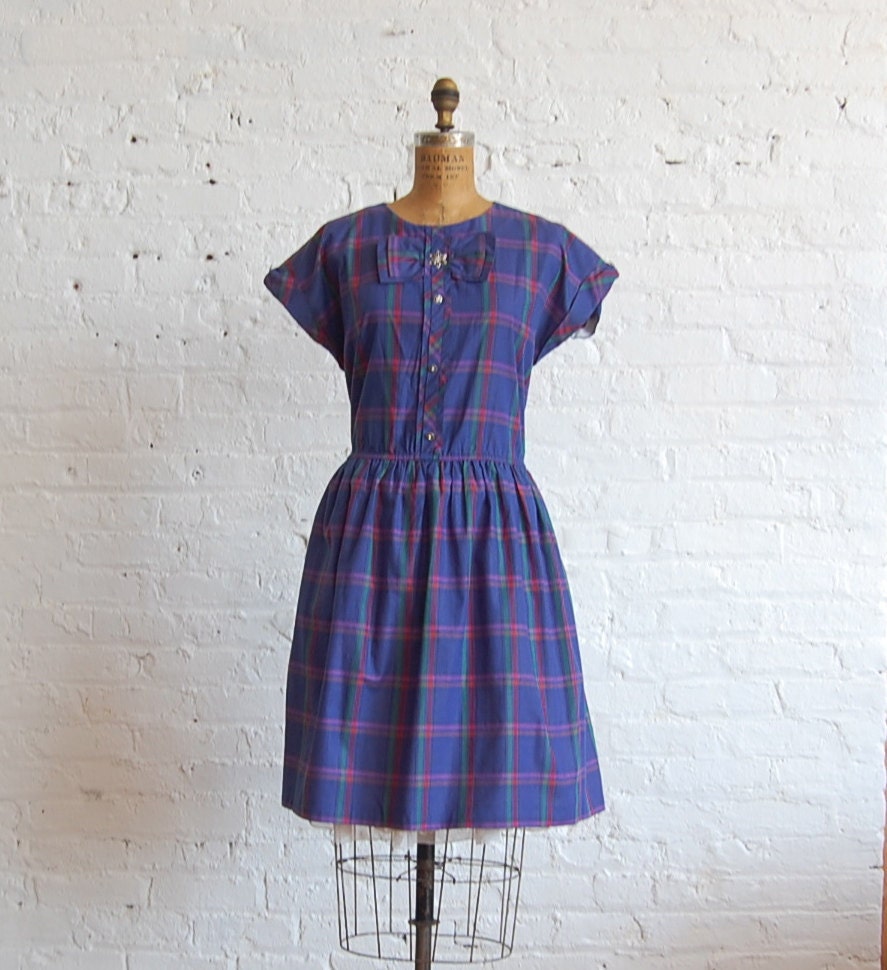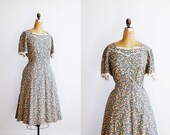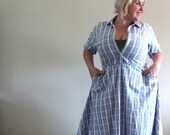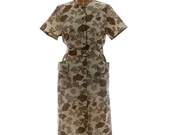
Have you ever thrown a party and been afraid no one would come?
Building a following on Twitter is sort of like that. You want a fabulous scene with lots of guests—people who will eventually connect with what you say, do, or sell.
But how to do this? Following is a list of ideas to help you build your Twitter party. Some I’ve made up and others have been given to me. Try a few and see what happens. (Note: If you haven’t set up your Twitter page, go here to learn how. If you’re really don’t get Twitter, watch this.)
Focus on Quantity First
A party in full swing is likely to attract more people. For this reason, I advise getting a critical mass of followers to your Twitter page first – even if those people will never be customers. Build the happening party and your target customers will come.
The basic method for getting followers is to follow people first. To get followers you have to be one. The problem with this is the old idea of “those without experience need not apply.” If you have zero followers, who’s going to follow you? Here are some easy ways to prime the pump.
• Ask people you know. In the search box on top of the Twitter page, type in names of old classmates and weird cousins. Follow them and ask them to follow you. It kind of doesn’t matter who these people are, at this point. Just follow them.
• Visit the the Etsy Twitter teams. These mutual back-scratching societies are a great place to trade follows. Other sites off of Etsy will also have similar teams. Read and follow the rules carefully.
• Follow Twitterers in your town or state. Find them by entering #yourtown in Twitter search. (Note: words preceded by a # are called hashtags and can be used to search for just about any topic on Twitter. More about hashtags later.)
• Lastly, and this is the most controversial, consider paying for followers. There are loads of services online that do this. The upside is that you can get your numbers high, fast. The downside is the followers may not be real people, but rather the service owner’s multiple accounts. Still, social marketing isn’t always pretty. Just as in Japan, families hire mourners to make their dead relatives’ funerals look good, buying followers might be a reasonable strategy for building a foundational mass of numbers. Just be sure you pick a service that doesn’t require you to share your Twitter password.
Invite Your Market to the Party
Now that you have a few followers, it’s time to look for people to connect with. Again, the basic strategy is to find people to follow. Now you want people in the target market for your product.
My favorite way to do this is to brainstorm magazines or big websites that cater to same demographic as my customers. For instance, for my vintage clothing shop I went to Anthropologie and Chictopia, thinking that people who shop at these places might like my products. Once I find a site’s Twitter page, I scan the list of people who follow it, reading the blurbs people write about themselves. I’m looking for people who aren’t obviously selling something themselves—just nice regular folks. Twitter makes it super easy to follow them right there, with one click.
Another way to find people to follow is to search hashtags that relate to what you sell. Remember, a hashtag is like a keyword that people attach to tweets to allow them to be found. Typing #handmadeashtray into the search box will get you tweets relating to handmade ashtrays. You can then decide if you want to follow the people tweeting about them.
The downside to searching hashtags related to your product is you might get mostly tweets from other sellers. But it’s worth a try.
Balance followers to Following
So, I’ve followed a few hundred people but not everyone is following me back. In fact, lots of people will never follow me. That’s normal and should not be taken personally. But, ideally, I want to end up following only or mostly people who also follow me.
The solution is to purge my followers list periodically, unfollowing people who, after a few weeks, haven’t followed me back.
There are lots of online services for this. You want a site that identifies people you’re following who aren’t following you, and unfollows them for you (you can’t do this within Twitter). The one I use is Manage Flitter, and it works with Firefox. Here’s a link to a list of others.
By continually following new people, and occasionally purging your non-followers, you will build up your Twitter following. Which leads us to:
Content, Content, Content—or What the Heck do I Tweet About
You’ll often hear that content – in other words, the stuff you post -- is the key to building a social network presence. This is true, but – you don’t need to be Ernest Hemingway to deliver adequate content.
For purposes of Etsy shop owners, the main point is not to spam people with constant sales pitches. You want to send out several non-promotional tweets for every promotional tweet. A standard rule of thumb is 10 non-promotional to 1 promotional.
The problem is it takes time to craft thoughtful tweets. Moreover, even fascinating people sometimes have nothing to say. Here are some ideas about how and what to tweet.
• Respond. At least a couple times a day, I’ll just tweet back to people I follow (their tweets show up in the Timeline). If someone tweets “Making butternut squash burritos…” I might respond with something profound like “Yum!” It’s just friendly contact, but it all counts. Note: this is engaging with people I follow, who will hopefully also be following me.
• Share ready-made content. Set up automatic tweets from high quality blogs (or news sites, or whatever…) you think your followers will like. I use Twitterfeed for this. I have it scheduled to tweet blog posts from 4 or 5 good blogs, twice a day. That way, I share 8 or 10 non-promotional tweets without even being on Twitter. And I’ve noticed that a lot of these tweets get retweeted – that is, shared by my followers with their followers. This proves at least some of my followers are seeing and engaging with them.
Twitterfeed is pretty easy to use and well worth the effort to figure out. Sharing content this way works. For almost a year I was virtually gone from Twitter, with only my Twitterfeed posts going out. In that time, I did not lose my Twitter followers, and even got a few new ones. While I don’t think it’s a good idea to rely only on automatic tweets, they are a wonderful and time-efficient way to share content. Just be careful to choose good quality sources to share.
• Ask questions. This is a tried-and-true way to engage followers in social media. Asking open-ended yet specific questions gets people thinking and interested. This post has great ideas for good Twitter questions.
• Retweet other people’s tweets.
• Commit random acts of Twitter kindness.
Good Promotional Tweets
So now we can think about how to bring people to our Etsy shops from Twitter. How do you make the most of those promotional tweets?
• All the facts, please. As a Twitter user, one of my pet peeves is that many tweets don’t give enough information to make me want to click through. I am lazy; I get tired of clicking all day, and if you can save me some effort I’ll respect you for it. So, when you post a link to an Etsy listing, cram in as much info as you can—item, color, size, and most importantly, price. I haven’t tested this formally but I feel I’ve gotten more click-throughs with my promotional tweets since I started including prices.
• Get to know Twitpic. If Twitter has a disadvantage it’s that it’s not very visual. Twitpic is an application where you download photos and then post links to them on Twitter. Twitter then displays the four most recent Twitpics on your Twitter page. As Etsy shop owners, we would do well to take advantage of this visual aid.
• Download and use bitly. Bitly is an application that shortens long URLs (links) to tiny little phrases. When you only have 140 characters in which to get your point across, Bitly is invaluable.
• Use hashtags. Since people search Twitter for tweets on certain subjects, it makes sense to include a few in your promotional tweets. Which ones to use? I’m not a hashtag expert, but in my opinion the shorter ones are best. For instance, I thought #vintageclothing would be good for my shop, but it turns out that #vintage is used more often.
There are a lot of websites out there that purportedly help you find relevant hashtags, but I find these sites difficult to use. One easy way to research hashtags is simply to think of a word that might be a good one and type it into Twitter search, preceded by a #. Look what kinds of tweets come up, and decide if you want yours to be in this company. Think broad and general.
Note: I’d advise against using #etsy as a hashtag, but this is a personal thing. I’ve heard rumors that non-Etsy Twitterers tend to resent the influx of Etsians on Twitter. I don’t know how true that is, but to be safe I don’t use #etsy as a hashtag. You decide.
A few more thoughts…and more resources
There are many strategies for maximizing Twitter that I have not covered here, including whether to follow everyone who follows you, and whether to thank them personally with a message. And many more, I’m sure, that I’m not even aware of.
Lastly, if you’d like to follow me on Twitter, please do so here! Mention this post and I’d love to follow you back.
Love,
Sally
www.chronologievintage.etsy.com –cute vintage clothes!

























